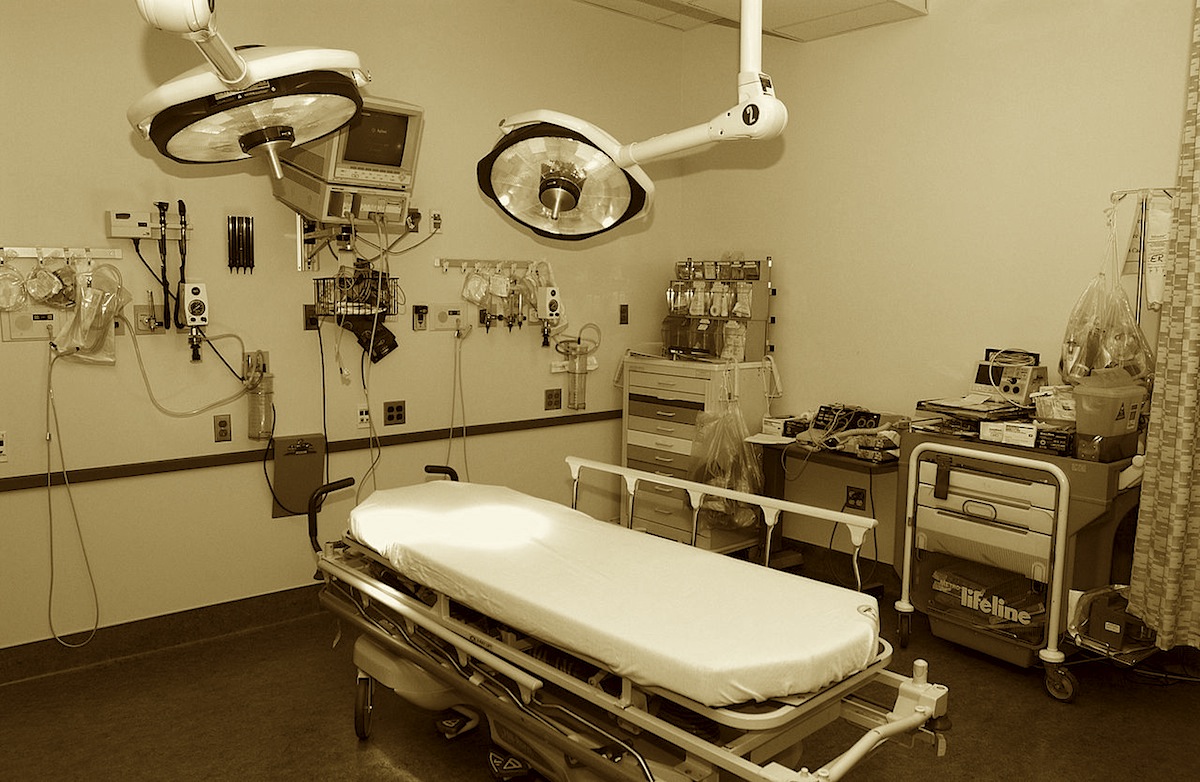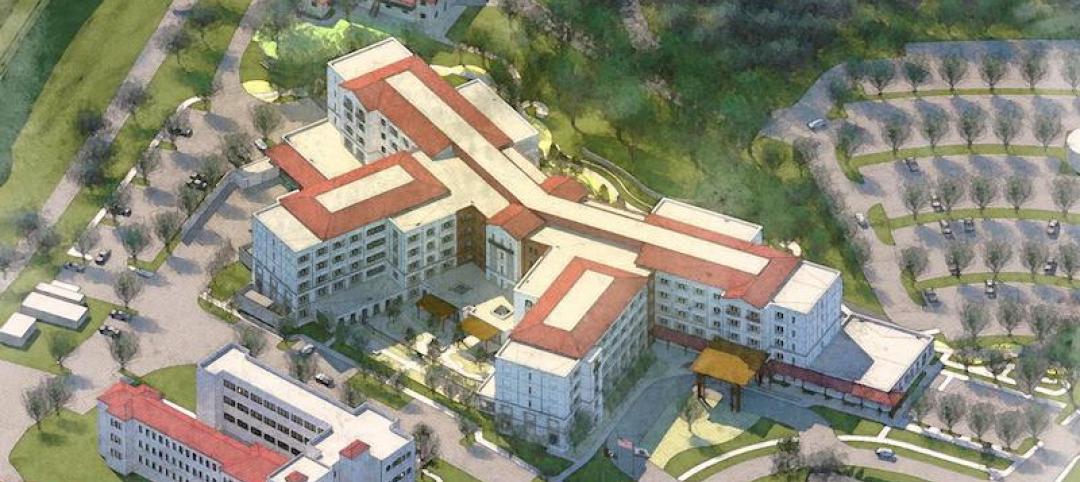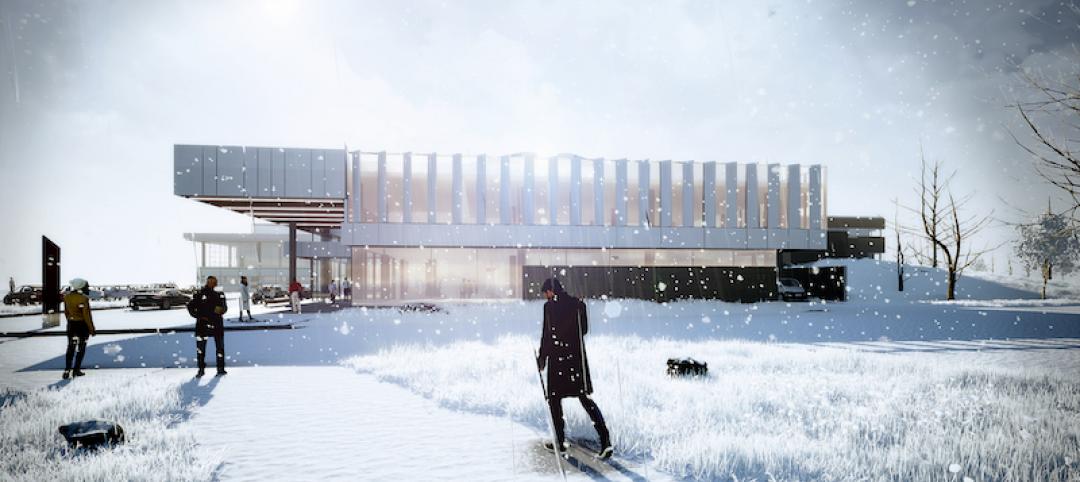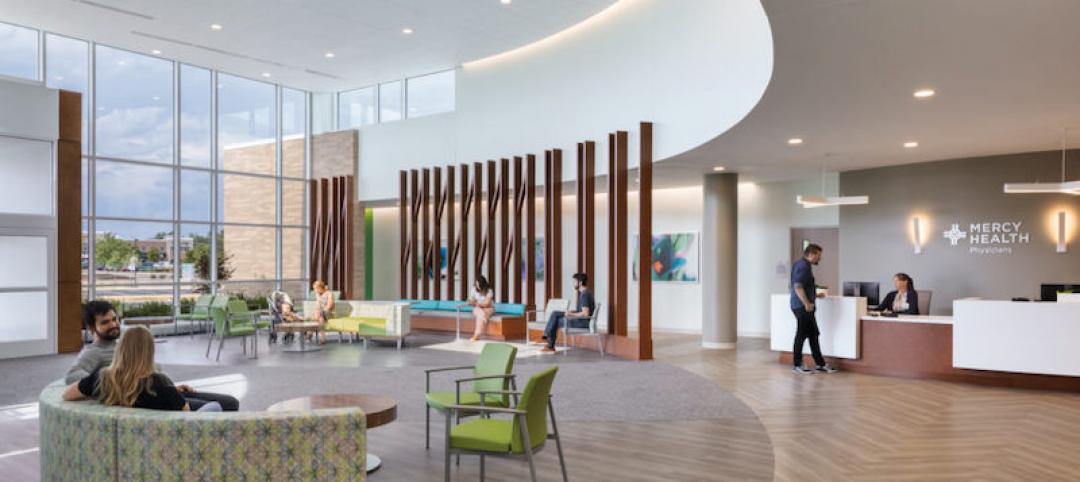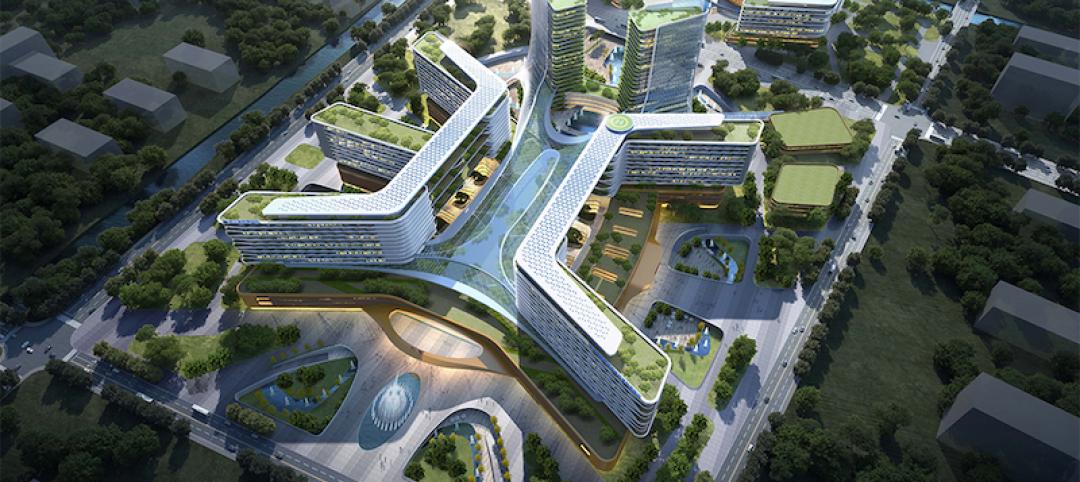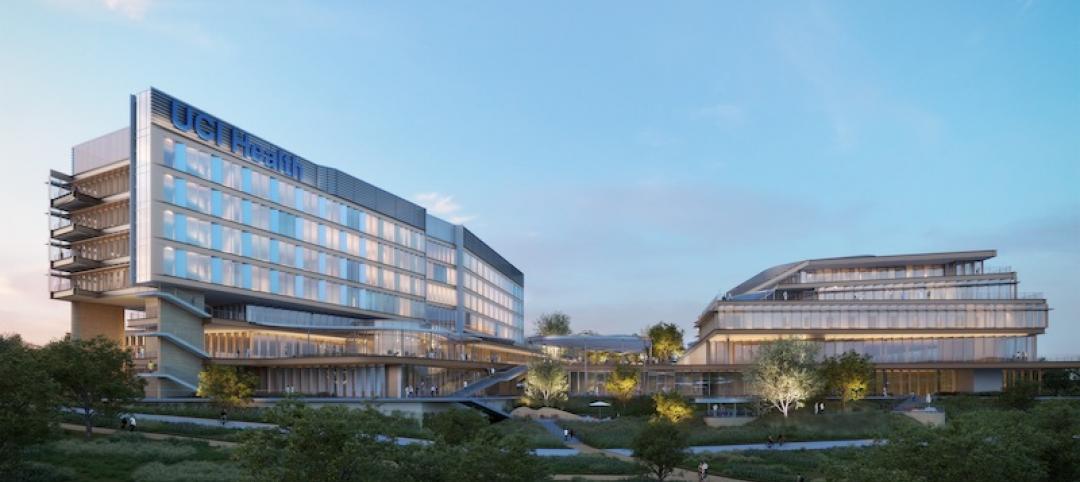As pressure increases to understand capital cost prior to the first spade touching dirt, more healthcare owners are turning to a Parallel Estimating process to improve understanding of exposure and ensure a successful preconstruction phase and subsequent bid and award. When procuring a project with a Construction Manager (CM) under a Guaranteed Maximum Price (GMP) contract (also referred to as a CM at Risk), there are definitive advantages of employing an owner’s representative cost estimator to triangulate estimating in the preconstruction process and produce a parallel estimate.
Since a GMP contract transfers project risk to the CM, Parallel Estimating or triangulation is an effective way to validate the GMP developed by the CM and understand just how much risk has been built into the number. While CM at Risk is the delivery method specifically identified, this same process is also effective with other approaches such as Design-Build and Integrated Project Delivery.
On average, GMP projects can be as much as 2-5% higher than a project contract that is procured through a hard bid with a general contractor. While there are numerous reasons for this, aside from eliminating the competitive bid process; it is primarily due to the CM accepting complete responsibility for the project and the bid documents. Thus the CM is at risk and will protect themselves as needed based on exposure, given the quality of the documentation the GMP is based on.
CM at Risk is typically used on complex and fast paced projects whereby the conditions and circumstances do not allow for a clear and easy bid process. In many instances, it is worth paying slightly more to have the CM manage and be accountable, especially if they base their GMP on insufficient documentation.
When an owner pursues a GMP procurement strategy, they are advised to engage a cost estimator to provide a secondary touch-point for risk identification and risk elimination. Having these two view points and opinions on scope, rates, quantity and constructability is an excellent way to flush out issues through the preconstruction process. This is often an unquantifiable benefit but the two contrasting views allow for a healthy discourse at the reconciliation meeting, highlighting areas of the project where both parties see risk and potential cost exposure.
CASE STUDY #1
On a low lying flood plain, this project would accommodate numerous sports fields and recreational areas. Given the nature of its elevation, it would require large earth berms to allow bridges to connect the fields to the surrounding high level campus. These berms would require large, complex geotechnical solutions and a series of gravel pyramidal “lifts” to stop subsiding.
The healthcare team employed a parallel estimating approach. At the Schematic reconciliation, both the CM and the Estimator came to the table with different approaches and different costs for assembling the berms. Since there was significant cost involved in the two approaches, the process allowed for the owner and design team to assess the cost and risk involved with both and highlighted the necessity to solve the geotechnical solution before the next round of estimating. By merely highlighting the risk, the process escalated the need for a geotechnical direction, solidifying the approach and the cost exposure early in the project.
As the CM is taking on the risk, from a business perspective, they will always understandably protect themselves when producing a GMP estimate. This is not a fault of the CM taking on the risk, but a reality of the nature of the contractual model chosen by owner. Naturally, the incentive is not always aligned with the owners desire to have the lowest cost project possible.
A parallel estimating process allows the owner’s cost estimator to help manage the “risk” or “fluff” in the number. The approach should not be so definitive that the team is too aggressive with the GMP, but through accurate quantification, seeking market rates and validating assumptions and the nature of cross checking the approach, the triangulation should breed confidence with the CM to be more finite with their number.
CASE STUDY #2
This particular project had close to a million square feet of office space. The majority of closed offices existed as standalone “pods” dotted around the space with glass walls and individual ceiling caps to make them cube like. The ceilings were specified with a product called Baswaphon, a highly technical, sound absorbing panel with a trowel applied finish. At the reconciliation, the CM had the cost represented by an allowance on a cost per square foot basis.
Given that the owner’s cost estimator was unfamiliar with the product, research on the product was conducted and the local supplier was identified and thus produced the quote that had been provided. The cost was $5 per square foot less than the allowance by the CM. This allowed the CM, a degree of confidence to reduce his GMP by $570,000. This is a classic example of how the parallel effort helps reduce the contingency held within the numbers. The estimating window is often very short as projects move fast, having two separate independent numbers often allows for a more collaborative process once around the reconciliation table.
The above case study demonstrates how the parallel estimating process reduces the GMP. The triangulation process can also eliminate risk in the other direction and often ensures the GMP is the “right” number in the sense of moving it higher.
While a CM looks to cover exposure with a GMP number, occasionally, depending on the economic circumstances, a CM could produce a low number in an effort to ensure the project proceeds and the contract is awarded. In these circumstances, a triangulation effort guards against an artificially low number and the subsequent costly aftermath of a tenuous and lengthy change order battle as the CM looks to recoup costs. The preconstruction process is never perfect and in some instances the triangulation effort helps capture scope missing from the CM’s GMP and while increasing the number, reduces risk to the client in the long run.
CASE STUDY #3
On this 80,000 sf building project, the owner employed two separate independent estimating teams to triangulate with the CM; one estimator representing the Owner and one estimator representing the Architect. Although this was an unusual approach, three numbers certainly helped mitigate the risk and get a consensus on the right number.
The local CM, experienced in the local market, was particularly inexperienced in the triangulation process and some of the misses in the preconstruction process were exposed through the diligence of the two parallel estimates. In one instance, it was identified that the CM had missed an entire elevation of the curtain wall. This was easy to do on such a complex, multi-elevation building, as the one in question. The omission was captured and therefore, all three estimates helped the team work towards the “right” number.
Triangulation in preconstruction is a great method of implementing due diligence into the financial aspects of a construction project. It eliminates risk and validates the construction cost at each stage.
Given that no one is perfect, along with the fast paced nature of construction in the US, aggressive schedules drive the process. CMs, cost estimators and the like endeavor to understand, digest and calculate construction costs from vast quantities of drawings and specs in a defined period of time. Therefore, mistakes, assumptions and “plug” numbers are very common. A thorough and methodical preconstruction process with stage gate reconciliation touch points is an excellent way to assure clients, owners and stakeholders that the numbers are solid and the project is on budget through design ahead of committing to the GMP.
There has been much success using the reconciliation process in the healthcare sector. Due to the nature of the work, the capital costs in healthcare are often significant and, given the complexity of these projects, lend themselves to this process.
Typically, owners are looking at the costs as a secondary tier, beyond just the overall construction cost. Many owners have a desire to understand how much ICU areas cost in comparison with their cardiology wing and how much the ambulatory care department costs. Given this requirement to understand the costs programmatically, employing an independent Cost Consultant to lead the process is the best solution to drive the CM to follow suit and produce a GMP with similar breakdowns and transparency. Establishing the framework early is critical to setting up the preconstruction process for success.
CONCLUSION
A solid reconciliation process will instill confidence in the project team, owners and stakeholders as they move through preconstruction and aim to manage financial constraints and establish a realistic GMP.
Employing a fiduciary in the form of a cost consultant to oversee and coordinate this process drives value for owners in numerous ways. A cost consultant can assist clients in reducing risk, validating costs and guiding the projects teams to arrive, agree and award “right” number. Following this path will ensure that the project stays on budget and stands the best chance of success without sacrificing desired scope and devaluing your investment.
About the Author: Andrew Sumner, MRICS, is Director of Cost Management at CBRE Healthcare.
Related Stories
Digital Twin | May 24, 2021
Digital twin’s value propositions for the built environment, explained
Ernst & Young’s white paper makes its cases for the technology’s myriad benefits.
Healthcare Facilities | May 20, 2021
California Veteran Home, Skilled Nursing Facility and Memory Care project set for Yountville, Calif.
A team of Rudolph and Sletten and CannonDesign will design and build the facility.
Market Data | May 18, 2021
Grumman|Butkus Associates publishes 2020 edition of Hospital Benchmarking Survey
The report examines electricity, fossil fuel, water/sewer, and carbon footprint.
Healthcare Facilities | May 12, 2021
New pet ER under construction in Vancouver, Wash.
The project will serve the Portland metro area 24 hours a day.
Healthcare Facilities | May 7, 2021
Private practice: Designing healthcare spaces that promote patient privacy
If a facility violates HIPAA rules, the penalty can be costly to both their reputation and wallet, with fines up to $250,000 depending on the severity.
Healthcare Facilities | May 5, 2021
HOK to design new Waterloo Eye Institute
The project is being designed for The University of Waterloo’s School of Optometry & Vision Science.
Healthcare Facilities | May 4, 2021
New proton therapy center will serve five-state region in Midwest
NCI-designated facility an addition to the University of Kansas Health System.
Healthcare Facilities | Apr 30, 2021
Registration and waiting: Weak points and an enduring strength
Changing how patients register and wait for appointments will enhance the healthcare industry’s ability to respond to crises.
Healthcare Facilities | Apr 29, 2021
HDR selected to design new Cancer Hospital in Shaoxing
Nature is at the heart of the project’s design.
Healthcare Facilities | Apr 16, 2021
UCI Medical Center Irvine to break ground in mid-2021
Hensel Phelps + CO Architects design-build team were awarded the project.


